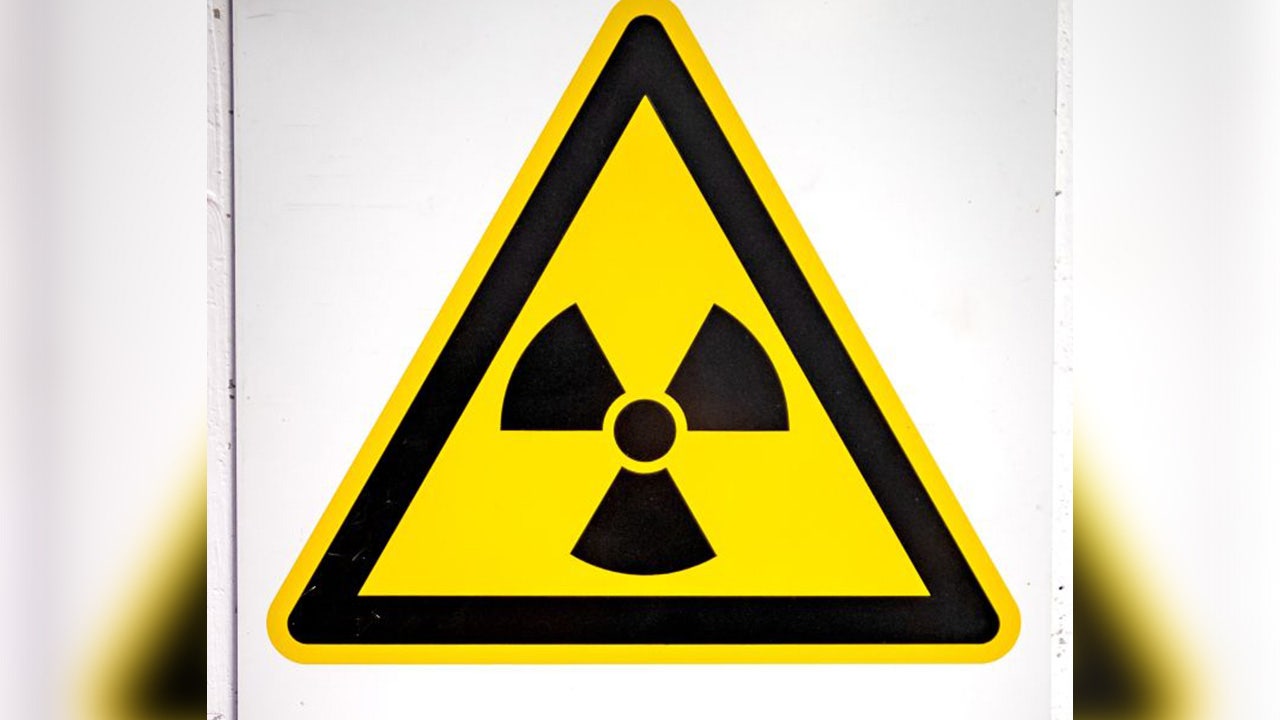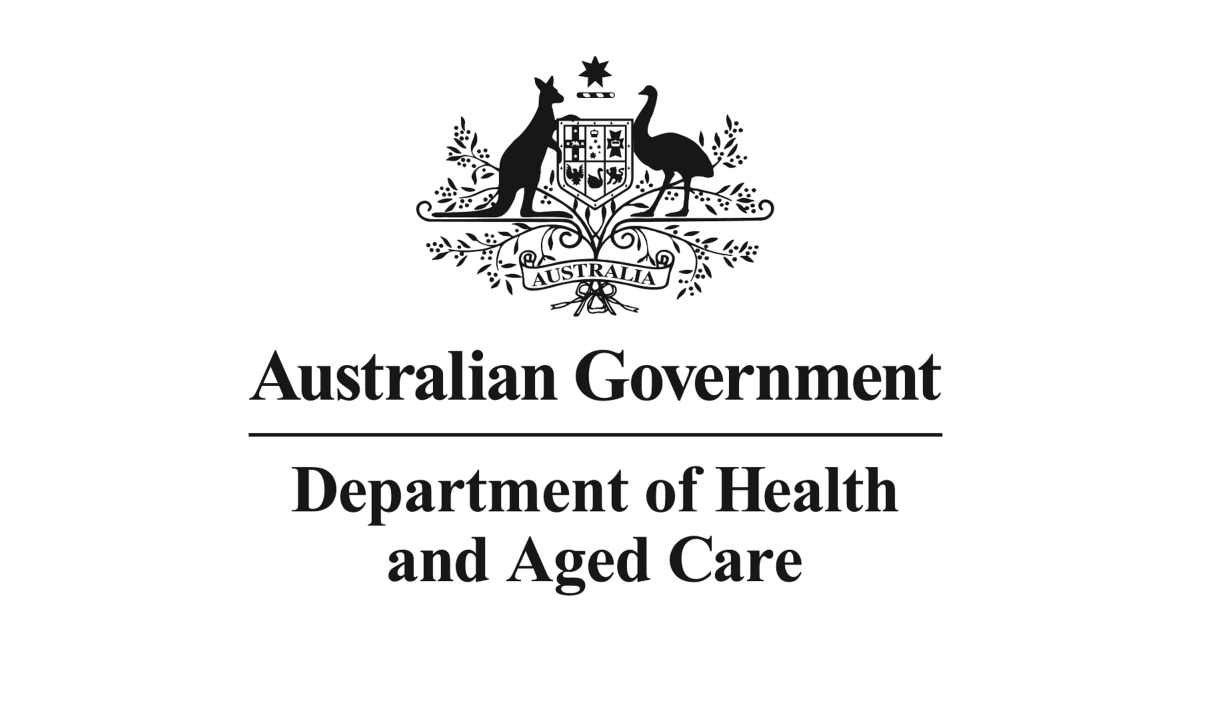
H5N1 Claims First Human Life In U.S., Prompts Urgent Public Health Response
In a disturbing development, the United States has recorded its first human fatality from the highly pathogenic H5N1 avian influenza virus, raising alarm bells within the public health community and highlighting the critical need for heightened surveillance and preventative measures. This unfortunate incident marks a significant escalation in the spread of the virus, which has primarily affected poultry populations worldwide in recent months. The emergence of H5N1 in humans underscores the ongoing threat posed by zoonotic diseases and the importance of robust preparedness and response plans.
H5N1: An Overview
H5N1 is a highly contagious strain of influenza virus that primarily affects birds, causing severe respiratory illness and often leading to death. In recent months, the virus has been responsible for the death of millions of poultry worldwide, leading to significant economic losses and disruptions in the poultry industry.
H5N1 infections in humans are relatively rare, but they can be severe and even fatal. The virus can spread to humans through contact with infected birds or their bodily fluids, and it can also be transmitted through consumption of undercooked poultry products.
Symptoms of H5N1 infection in humans typically include fever, cough, sore throat, muscle aches, and fatigue. In severe cases, the virus can lead to pneumonia, acute respiratory distress syndrome (ARDS), and even death.
Urgent Public Health Response
The confirmation of the first human H5N1 fatality in the United States has prompted an urgent public health response. The Centers for Disease Control and Prevention (CDC) is working closely with state and local health departments to identify and monitor all potential contacts of the deceased individual.
The CDC is also recommending that people avoid contact with sick or dead birds, and to practice good hygiene measures such as frequent handwashing and avoiding touching their eyes, nose, and mouth. The agency is also working with the U.S. Department of Agriculture (USDA) to strengthen surveillance and control measures in poultry populations.
Critical Analysis of Perspectives
Poultry Industry
The poultry industry has been heavily impacted by the H5N1 outbreak, with millions of birds being culled to prevent the spread of the virus. This has led to significant economic losses for farmers and disruptions in the supply chain. The industry is working closely with government agencies to implement biosecurity measures and prevent further spread of the virus.
Public Health Advocates
Public health advocates are calling for increased surveillance and prevention efforts to mitigate the risk of H5N1 transmission to humans. They are urging the public to take precautions to avoid contact with infected birds and to practice good hygiene measures, such as frequent handwashing and avoiding touching their faces.
Advocates are also calling for more research into H5N1 and other zoonotic diseases, as well as the development of vaccines and treatments.
Government Agencies
Government agencies, including the CDC and USDA, are working to contain the spread of H5N1 and protect public health, they are conducting surveillance and testing, implementing biosecurity measures, and providing guidance to the public. The agencies are also working with international partners to monitor the global spread of the virus.
Conclusion and Broader Implications
The emergence of H5N1 in humans is a serious public health concern, underscoring the need for heightened surveillance, prevention, and preparedness efforts. While the risk of human infection remains low, it is crucial that individuals take precautions to minimize their risk of exposure.
The broader implications of this incident extend beyond public health. The spread of H5N1 in poultry populations has significant economic consequences for the poultry industry, and it also raises concerns about the potential for the virus to evolve and become more transmissible to humans.
This incident highlights the interconnectedness of human, animal, and environmental health. It is essential that we continue to invest in research, surveillance, and preparedness efforts to mitigate the risks posed by zoonotic diseases and to protect the health of our communities.
